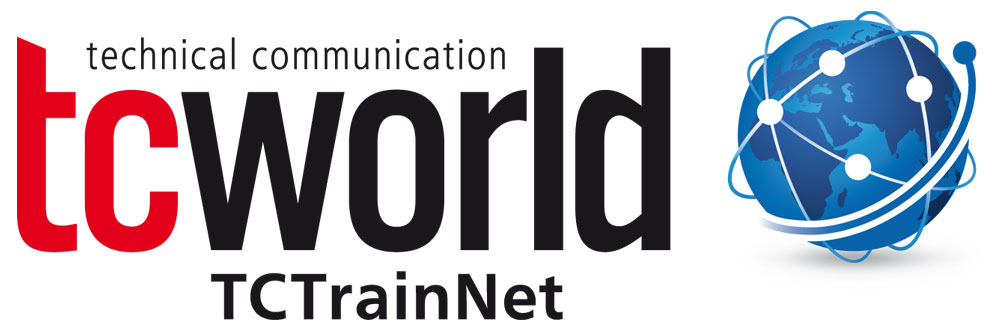The change from comprehensive, printed product documentation with a classic document structure to demand-oriented, lean online documentation is on its way in technical communication. The biggest problem currently for users and creators is that electronic documentation is available in various output formats, the functionality of which depends on the manufacturer. The intelligent information Request and Delivery Standard (iiRDS) provides a unified solution to this problem by defining important properties:
- Defining the topics and keywords of the information units
- Defining how information units are networked
- Making the package format uniform for deployment and query by users
For users, the advantage is that they can retrieve exactly the information they need – that is, intelligent information that can be retrieved in the right place, at the right time, tailored to the situation (use case), for the right person, on their preferred device. It is advantageous for manufacturers to be able to provide up-to-date and easy-to-distribute product documentation – by placing the standard in the middle between user and manufacturer.
The application of the standard requires the following steps:
- Conversion from a classic structure to a topic-oriented structure
- Setting the network definitions for the topics
- Definition of metadata for the information units (e.g. according to PI classification)
- Assignment of the iiRDS metadata to existing metadata
- Provision of documentation in a content delivery portal
The two-part documentation produced with iiRDS consists of user information in HTML or XML format and control information in RDF format. However, iiRDS does not provide a structuring method for content, so best practices such as DITA can be reused. In addition, the assignment of the iiRDS metadata to existing metadata and the provision of delivery packages will be added. The use of a suitable editing system is helpful for these steps.



